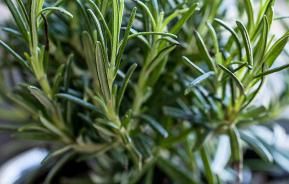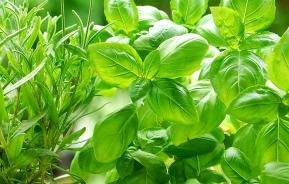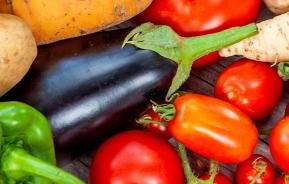There are many herbs and spices you can grow in your garden. Saffron is commonly referred to as the world’s most expensive spice and is regarded as a luxury plant to grow. Although 2-3 generations ago it would have been labelled unpretentious and very readily accessible. But saffron nowadays is really a valuable plant to grow and can be particularly useful. We will be taking a look at how and why you should grow your own saffron.
What is saffron?
Saffron is generally used as a food flavouring or colouring and tends to be either orange, yellow or most commonly found, purple in colouring. Saffron is predominantly a spice and is added to a lot of curry or spicier dishes. The dried stigmas of the plant are picked from the saffron crocus, which is a plant that can grow up to 30 centre metres in size. In ancient times saffron was used as medicine for a cough or a cold or even flatulence! Partly because of those particular health benefits, saffron can be included in a healthy and balanced diet. Saffron is rich in potassium, carbohydrates and protein, but should only be consumed in small quantities (20-30 grams max!).
The plant is usually found in the warmer climates of the Mediterranean and the sub-continent but fear not, saffron can be grown in the UK! By growing your own saffron, you would save on the costly price of purchase or perhaps sell it to make some money. The reason the plant is so expensive though is due to the labour involved to produce the threaded plant. It is still packed in the same way it has done for centuries by farmers and it cannot be distributed on the same scale in time and volume as other plants. Fortunately, how to grow saffron is something that has been taught widely across the globe for many years.
Steps to growing saffron

Now down to the details of how to grow saffron. The saffron crocus can be grown in the UK as the plant is particularly durable to our winter cold as well as the summer warmth (the little we get of it, anyway!). You can quite easily grow saffron on your patio in a well-drained container or border. Growing or planting your saffron is not an arduous task either. Find an area of your garden that tends to get a fair amount of sunlight and plant the bulb around late spring/early summertime.
Picking the right soil
It is important that you pick the right soil for your plant as this is the most integral part of growing ‘red gold’. You will need a versatile soil type that will allow for draining and ventilation. Look to use rich, earthy soil to grow your saffron. The plant also needs little to no maintenance as you will only need to water it once every few weeks if that!
Planting saffron
You need to plant the bulb 4-5 inches deep into the soil and make sure they are 6 inches apart from each other. 50-65 flowers will produce you on a tablespoon of saffron. You will find that the autumn time will bring about a beautiful bloom of your saffron. You will only find that half of your corms will produce one flower but this productivity doubles by the next year.
Harvesting saffron
Once harvest comes around in October time, look to use tweezers to extract the 3 red filaments of the stigma. If you are only looking to trim the flower, then this can also be done with tweezers or alternatively, you can use your own nails for this too! The yellow stems and purple petals are not of use when harvesting. Be sure to be aware of the dangers of violet root rot and fusarium amongst other predators that can either rot or severely damage your saffron plant. If you see any signs of browning plants or uncommon growth then look to replant your bulbs in a separate area where possible!
You will need to look too dry your plant after you have picked the particular filaments you would like. Look to dry your saffron out in a room that has a temperature of 15 degrees Celsius or higher. You will only need to let your saffron dry for 15-20 minutes or so before it is ready for cooking use. And if you are not ready to use your saffron right away, then store in an airtight container!








